While much of the state consists of seemingly endless prairie, the southwestern corner of South Dakota boasts beautiful mountains, marvelous caves and spectacular badlands. This is where you’ll find all of the greatest South Dakota national parks.
The legendary Black Hills of South Dakota are a forested island in a vast expanse of mixed-grass prairie. Iconic wildlife such as bison, pronghorn and prairie dogs thrives in this environment, while underneath the surface, a sprawling network of caves extends through the limestone.
This is also the location of what is arguably America’s most famous memorial: Mount Rushmore, carved into the granite mountainside.
Just east of the Black Hills, the South Dakota Badlands make up an otherworldly landscape of multi-colored buttes, cliffs, hills and pinnacles. This so-called Badlands Wall separates the upper from the lower prairie, which is also home to an incredible abundance of animals, from bighorn sheep and mule deer to rattlesnakes.
Additionally, the Badlands are home to one of the world’s richest fossil deposits, attracting amateur and professional paleontologists alike.
This is all to say that there is a lot to see and do in the national parks in South Dakota. From caving and camping to wildlife watching, hiking and scenic drives, you could spend weeks immersing yourself in these magnificent South Dakota parks.
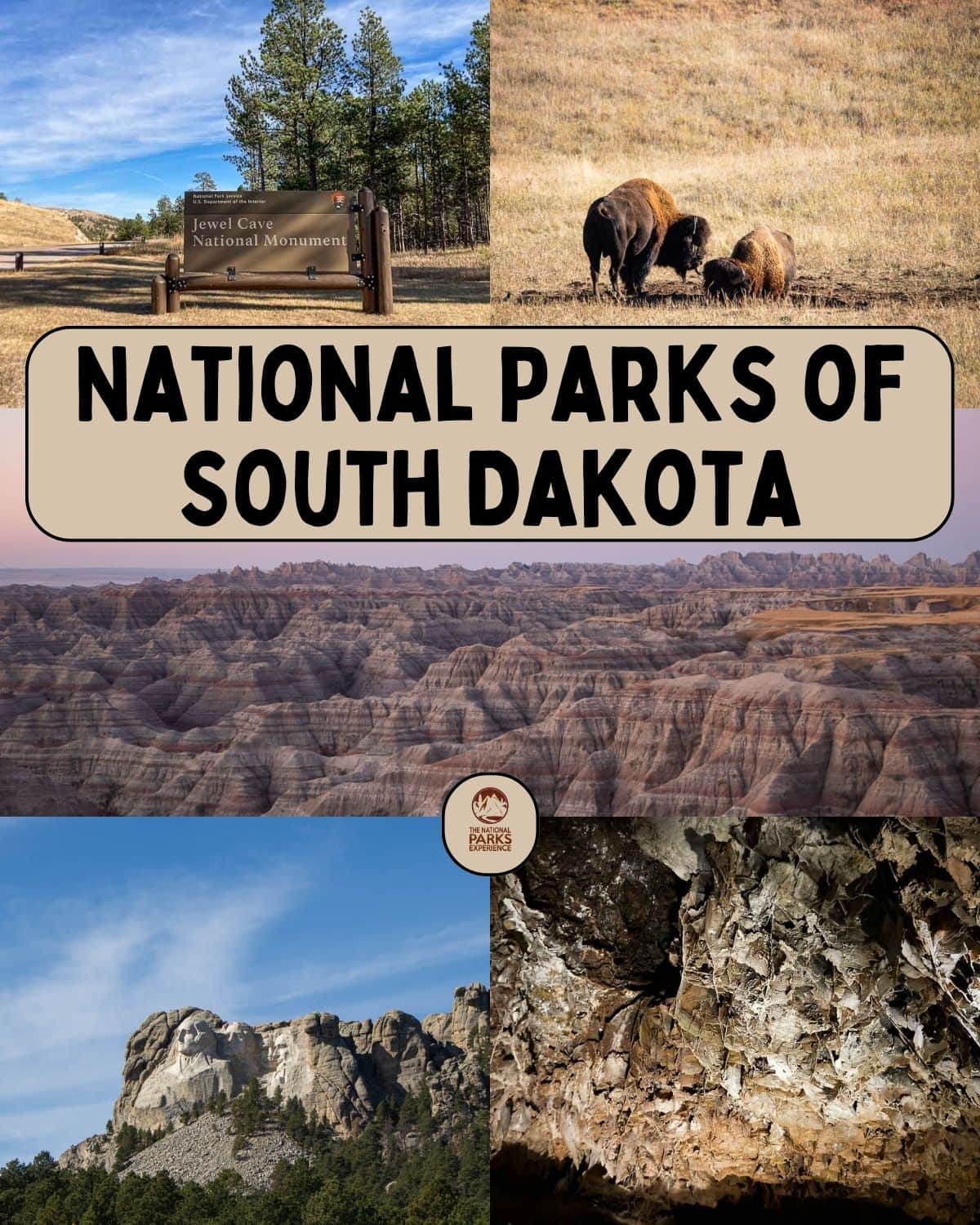
This blog post about the national parks of South Dakota contains affiliate links. You can read more about our Terms of Use / Disclosure here.
Contents
Top 5 National Parks in South Dakota
Although there are, in fact, more than five National Park Service units in South Dakota, we’ll nonetheless focus on the five greatest ones.
This quintet of South Dakota national parks is situated in the southwestern corner of the state, making them exceptionally easy to visit on one road trip.
Note: You may notice that I call all National Park Service units ‘national parks’ in this blog post. This is in line with the policy of the Park Service (NPS) itself, which usually refers to its units as ‘parks’ as well, even though their names may not even include the word park.
South Dakota is home to two “true” National Parks—as in with capital letters—while its other units include a National Historic Site, Monument and Memorial. All of these units, however, are part of America’s National Park System, every single of them equally well-worth visiting.
5. Minuteman Missile National Historic Site
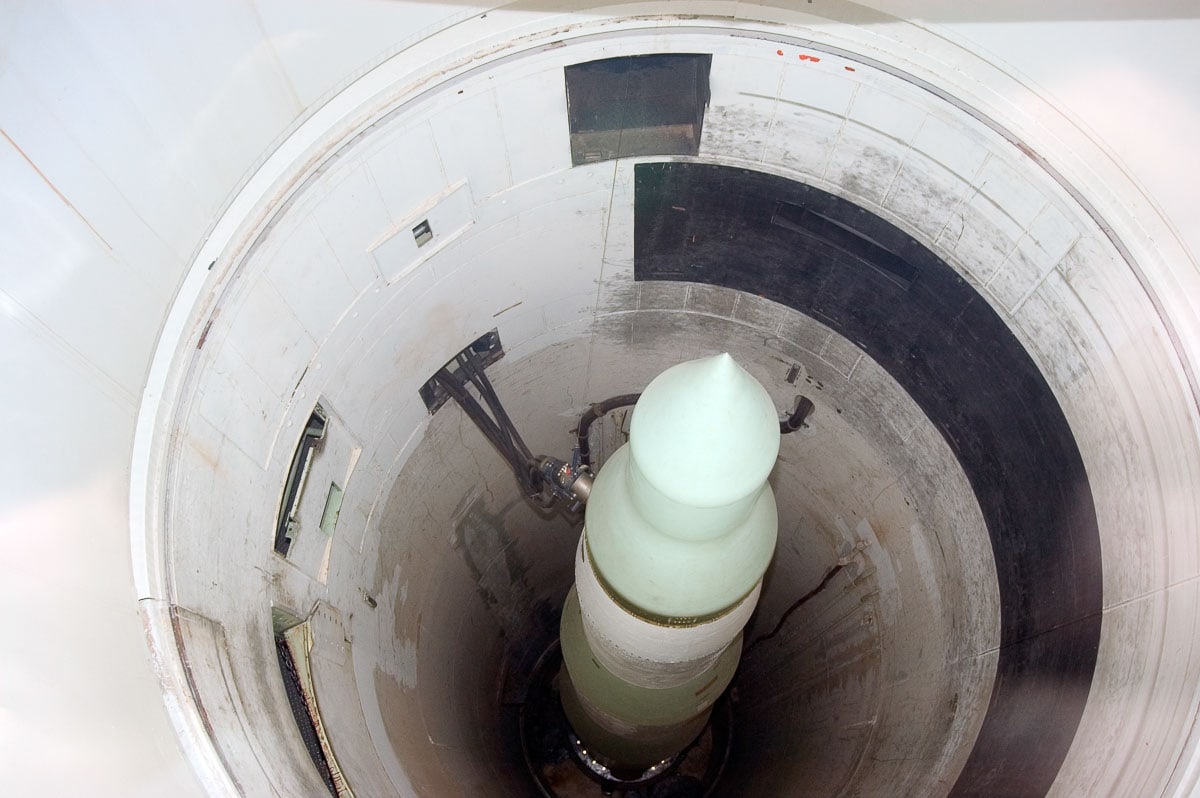
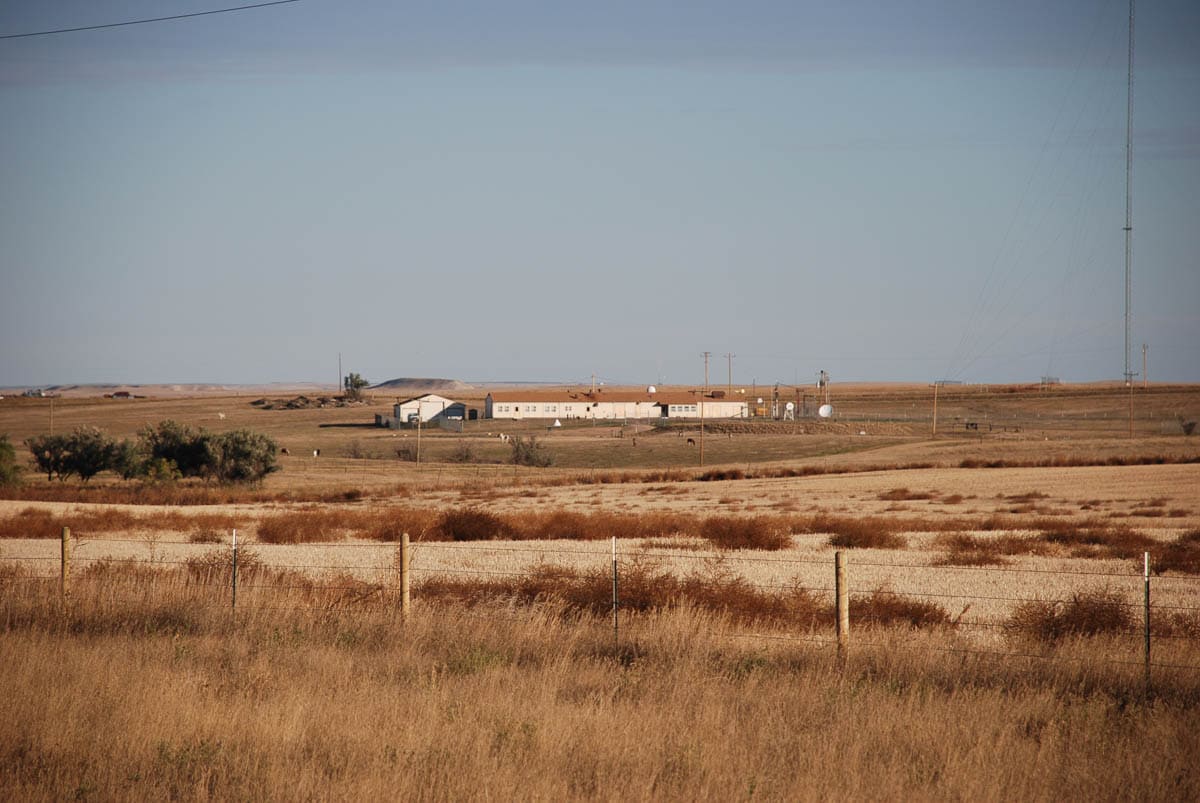
During the Cold War, the prairie of South Dakota hosted a huge arsenal of nuclear missiles. For three decades, a thousand Minuteman Missiles were kept in this complex. Hundreds of them remain, albeit demilitarized and disarmed.
The Minuteman Missile National Historic Site was created in 1999 to commemorate and illustrate Cold War history. It specifically covers the development of intercontinental ballistic missiles (ICBM).
Located just east of the popular town of Wall and north of Badlands National Park, the multi-site unit preserves the last intact ICBM complex in America. It’s the only National Park Service unit dedicated to the Cold War.
You can visit a number of separate locations within the Minuteman Missile National Historic Site, all of which are just off of I-90. The Minuteman Missile NHS Visitor Center is a great place to start, featuring a bookstore, exhibits and park film.
Other facilities open to the public are the Delta-01 Launch Control Facility and the Delta-09 Missile Silo.
More Information About Minuteman Missile National Historic Site
4. Jewel Cave National Monument
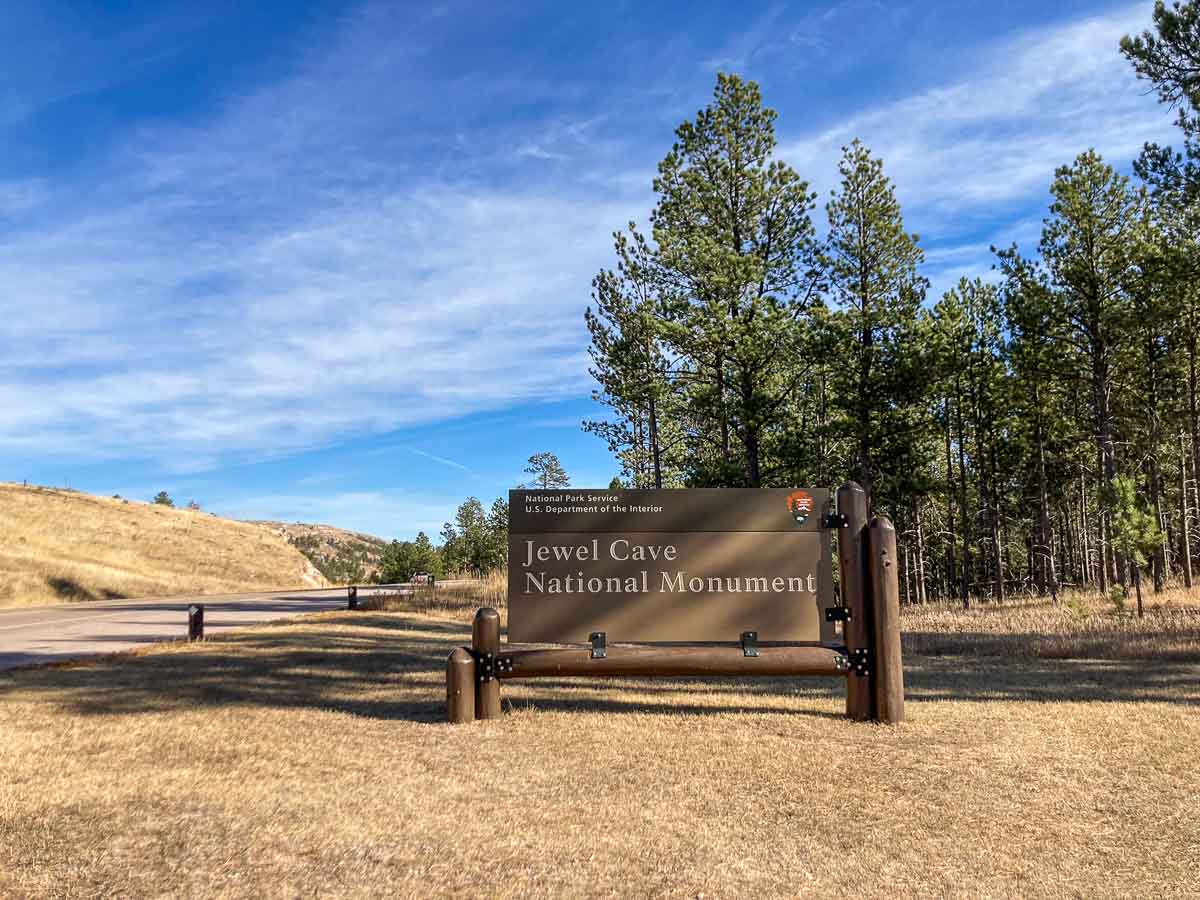
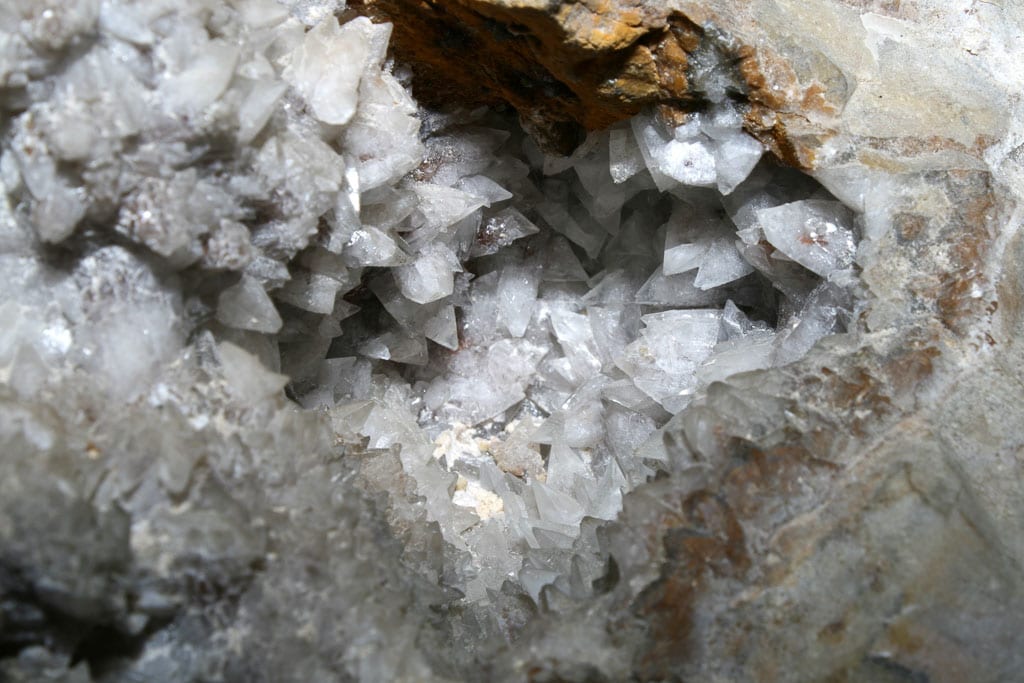
“A jewel in the National Park Service”, as they themselves call it, Jewel Cave National Monument protects the third-longest cave in the world.
This sprawling cave system encompasses more than 200 miles of surveyed and mapped passages. It’s a subterranean wilderness that’s essentially unparalleled on the planet.
Created by acidic groundwater that slowly circulated for millions of years—rather than carved by underground rivers like many other caves—Jewel Cave harbors a spectacular array of different speleothems.
A tour of Jewel Cave gets you up-close to everything from gypsum formations and hydromagnesite features to calcite crystals, which can resemble sparkling jewels when lit up. The aptly called Scenic Tour is the best option to see these remarkable attractions.
Jewel Cave National Monument is in the southern part of the Black Hills of South Dakota, just west of the town of Custer and Custer State Park, and northwest of Wind Cave National Park.
More Information About Jewel Cave National Monument, South Dakota
3. Mount Rushmore National Memorial
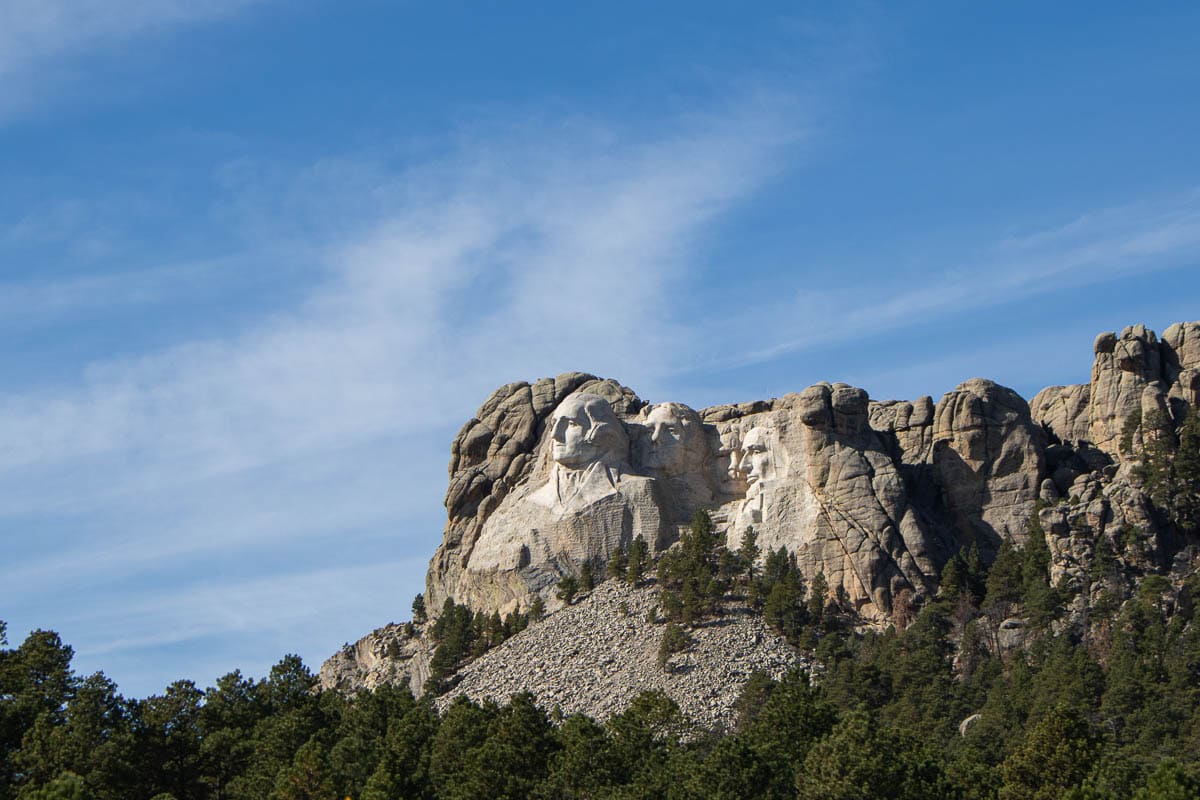
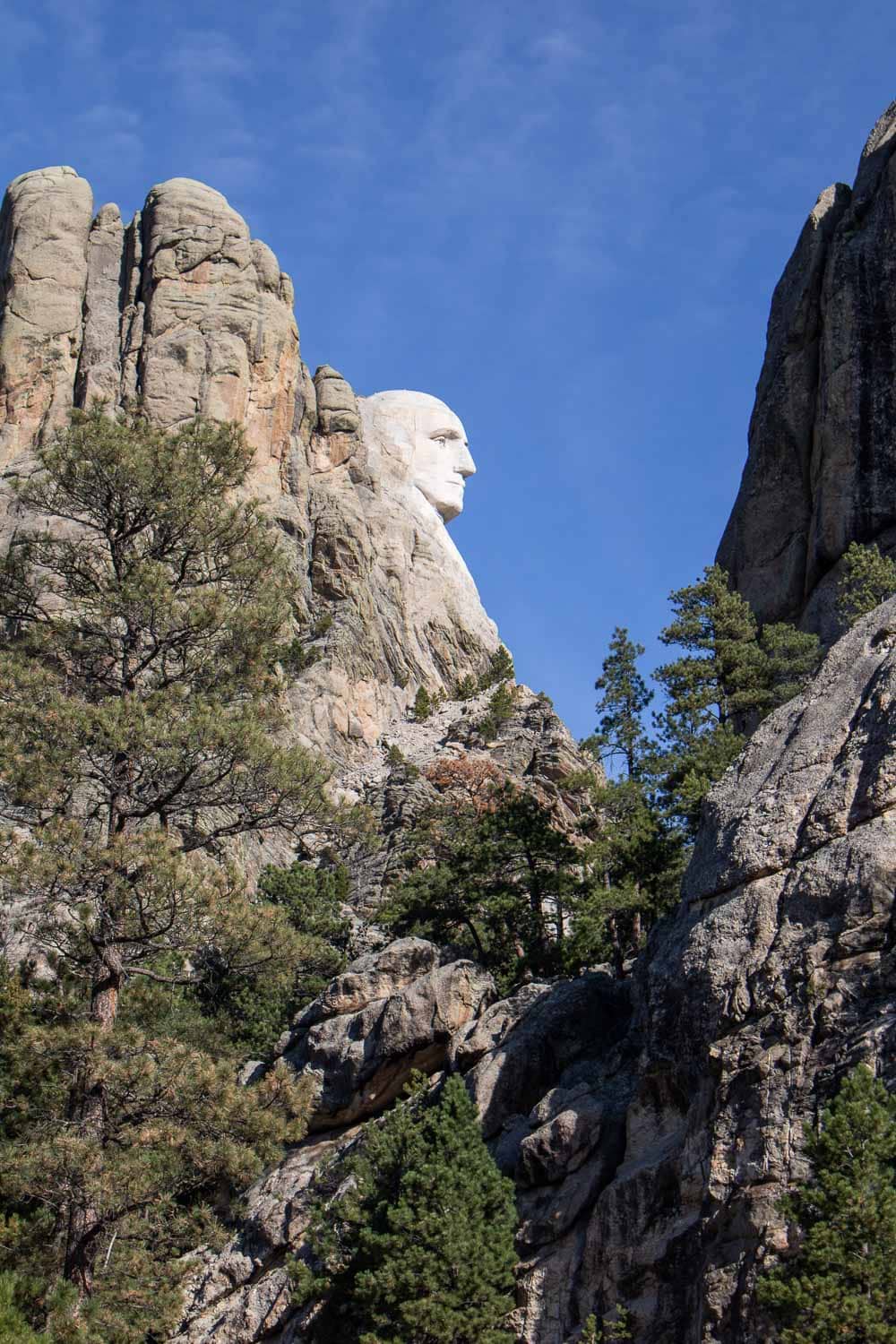
One of the most famous landmarks in the United States, Mount Rushmore National Memorial honors four of the greatest presidents in U.S. history.
Located in South Dakota’s Black Hills, this massive sculpture consists of the heads of Presidents George Washington, Thomas Jefferson, Theodore Roosevelt and Abraham Lincoln.
Those four presidents represent four distinct periods in the nation’s history, respectively its birth, growth, development and preservation.
Highlights include the Lincoln Borglum Visitor Center, the Sculptor’s Studio and the Presidential Trail, which brings you close to the base of this giant and iconic mountainside sculpture.
Unquestionably one of most popular national parks in South Dakota—the state’s nickname is the Mount Rushmore State, after all—this is a must-visit destination in the Black Hills.
You can find numerous other National Park Service units dedicated to U.S. Presidents here.
More Information About Mount Rushmore National Memorial, South Dakota
2. Wind Cave National Park
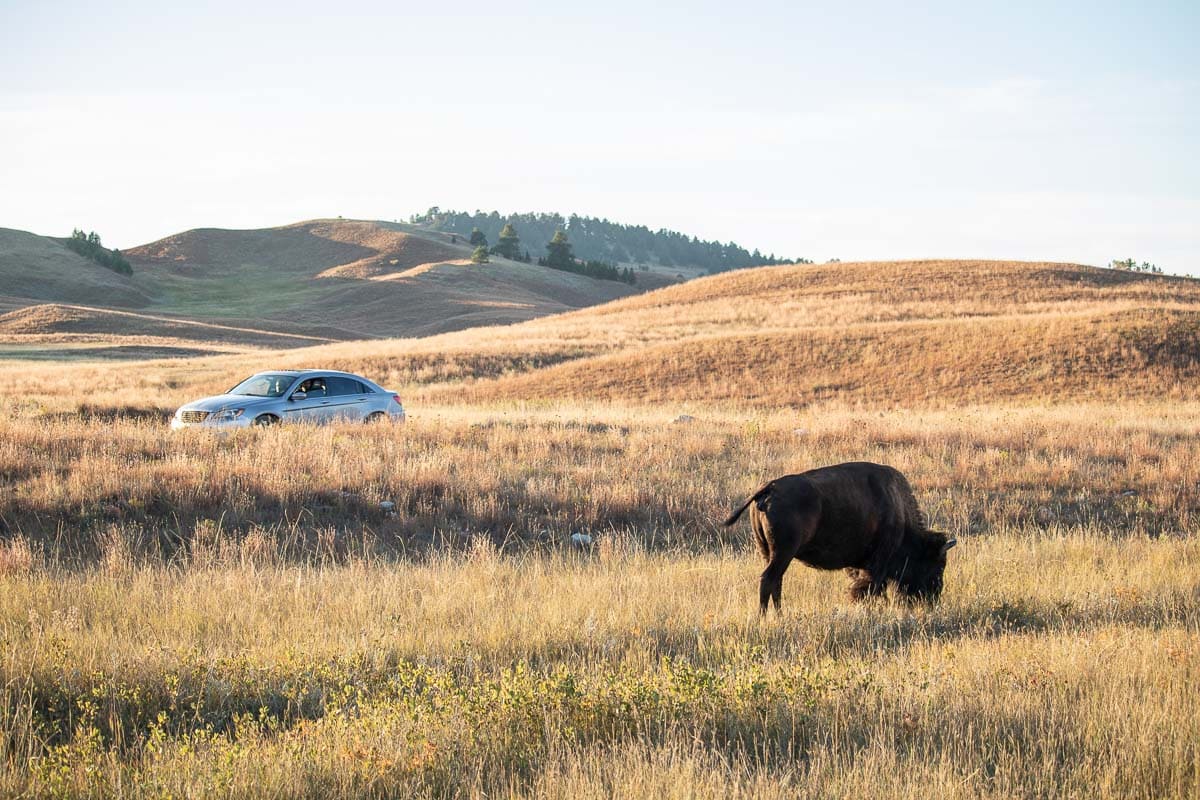
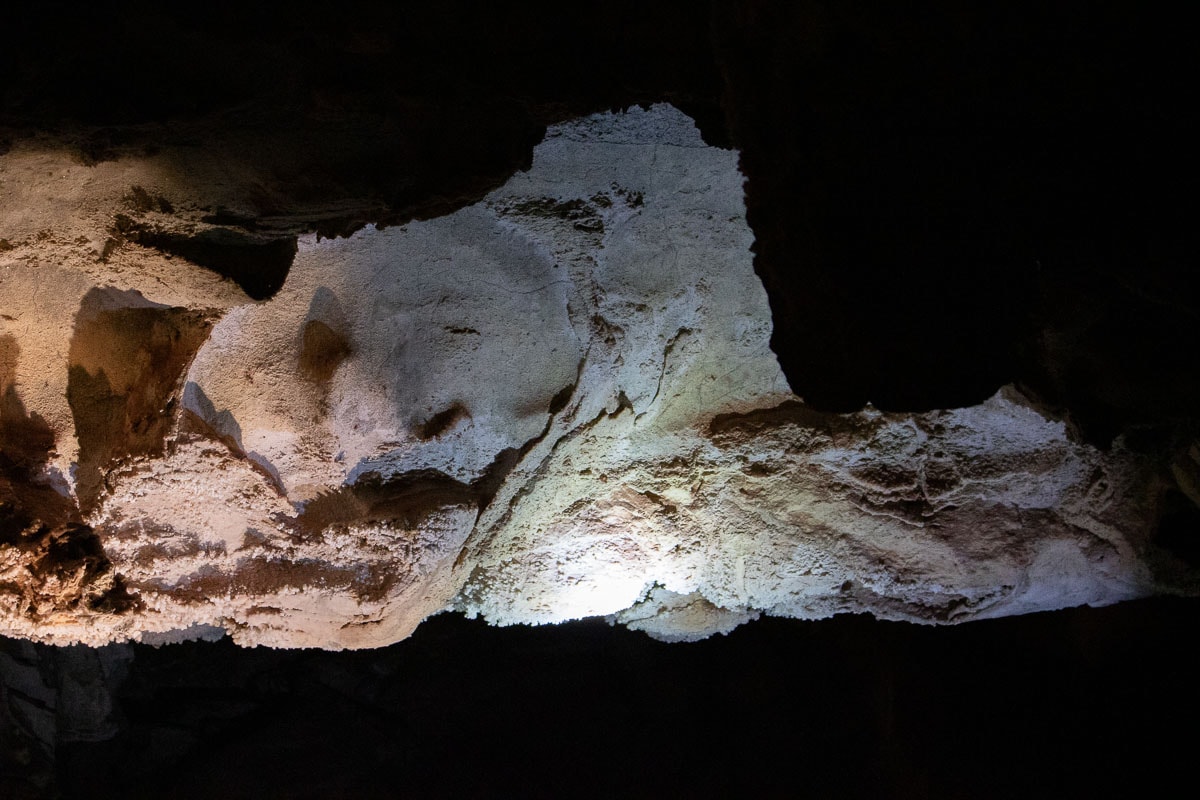
Established in 1903 by the conservationist President Theodore Roosevelt, Wind Cave National Park is one of the oldest national parks in America. It was also the very first national park in the world that was created to protect subterranean landscapes.
With more than 150 miles (and counting) of explored passageways, Wind Cave is one of the longest known caves on Earth. It’s the third longest in the United States after Mammoth Cave and nearby Jewel Cave.
Wind Cave is home to intricate cave formations, such as delicate frostwork, cave “popcorn” and huge collections of boxwork, which are its main claim to fame. No fewer than 95% of boxwork in the world is found in Wind Cave.
Besides its exceptional length and rare boxwork, Wind Cave is also notable for its namesake feature. Due to barometric pressure changes in the cave, it “breathes.” As the air pressure changes, gusts of wind blow in and out of the cave.
The Lakota consider this to be a sacred place, Wind Cave being the site where they first emerged from the underworld. You can visit this site, known as the Natural Entrance, near the park’s visitor center.
You can find many more National Park Service units that preserve Native American heritage here.
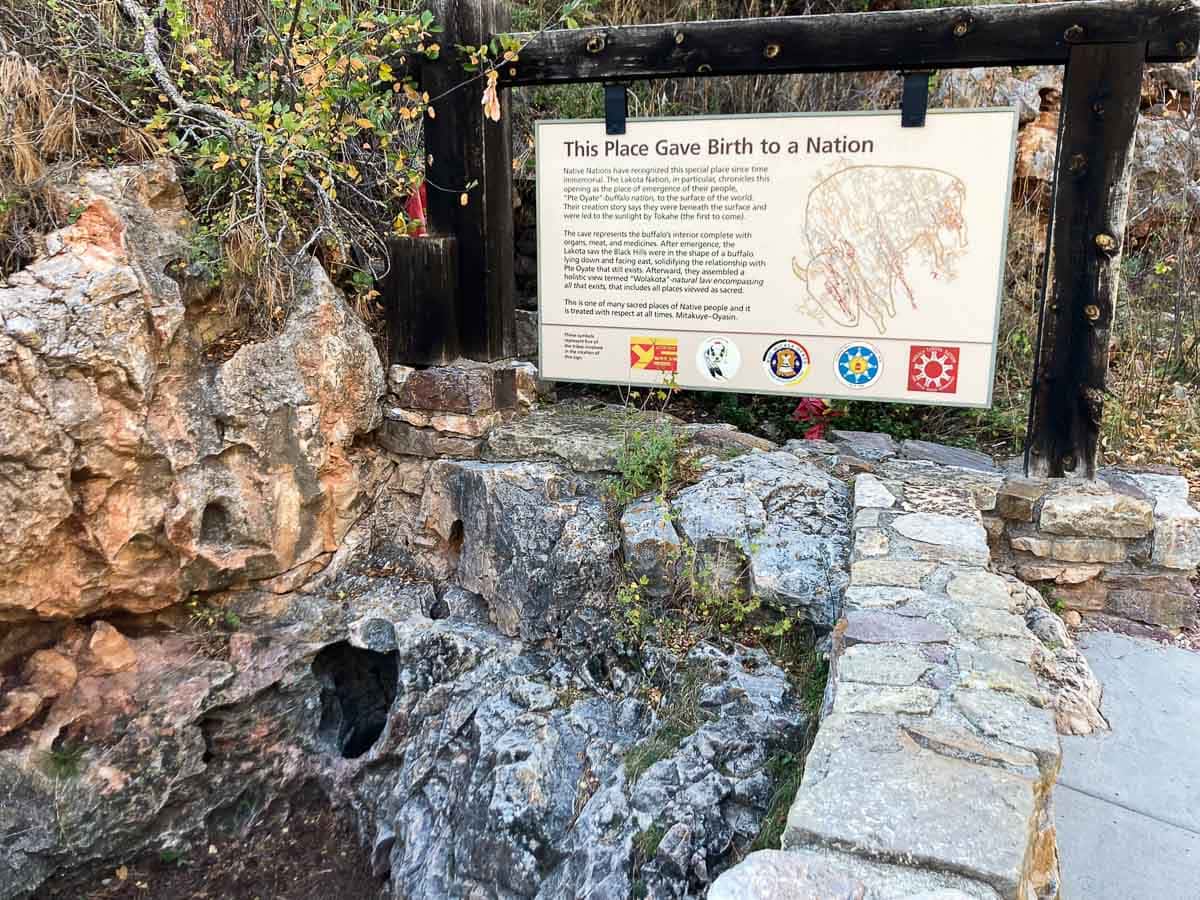
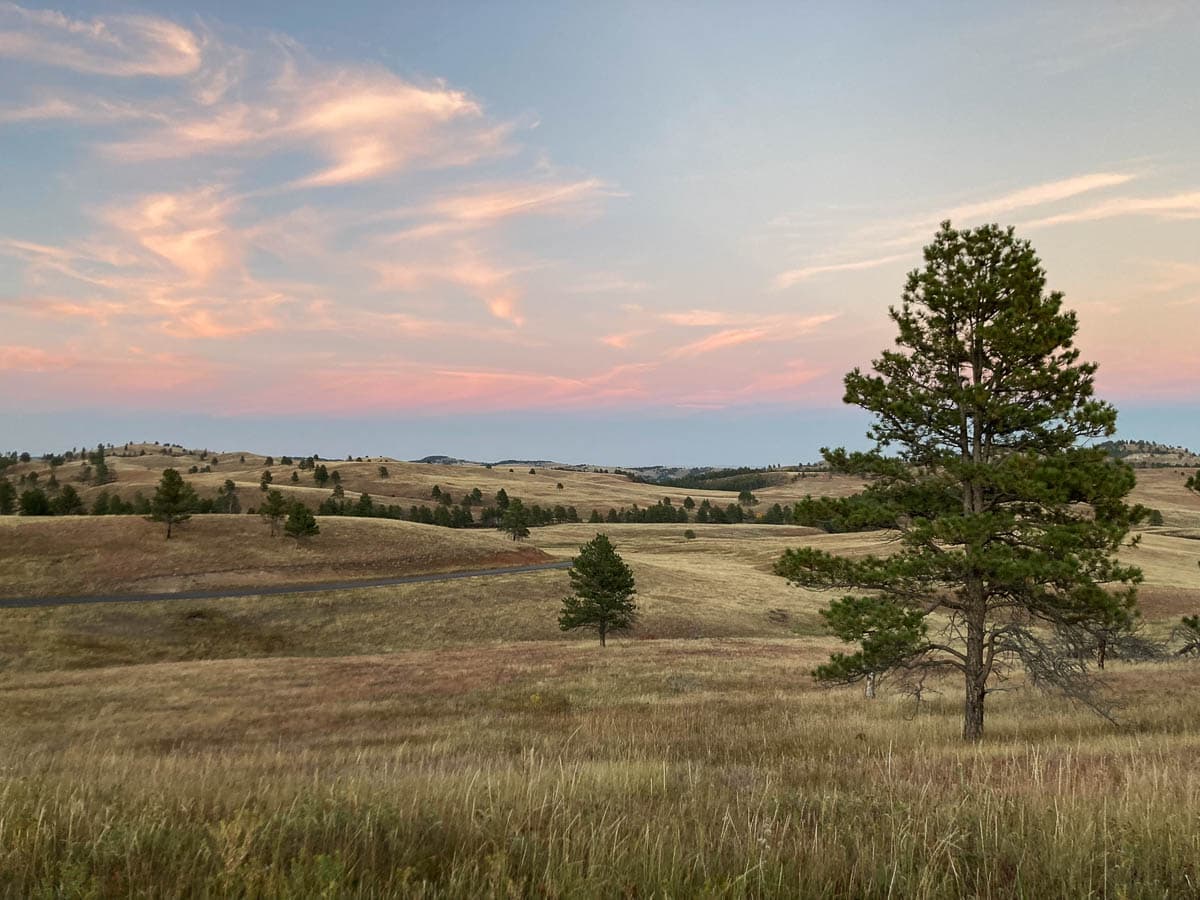
As fascinating as the underground world of Wind Cave is, the aboveground landscapes in this South Dakota national park are quite remarkable as well.
Located in the Black Hills, the park sits at the meeting point of the mixed-grass prairie of the Great Plains and the ponderosa pine forests of the West. This confluence of habitats harbors an abundance of fauna. Often-seen wildlife at Wind Cave includes prairie dogs, pronghorn, elk, mule deer, coyotes and American bison.
Although many people limit their visit to Wind Cave to a cave tour, there are many other amazing things to do in Wind Cave National Park.
While the cave tours are an unmissable activity, you shouldn’t skip the beautiful woods, ridges and intact prairie landscapes above this massive cave.
More Information About Wind Cave National Park, South Dakota
- Park Website
- Travel Guide
- Topographic Map
- Top Things To Do in Wind Cave National Park
- Where to See Wildlife in Wind Cave National Park
- Best Places to See Bison at Wind Cave
- Accommodation
1. Badlands National Park
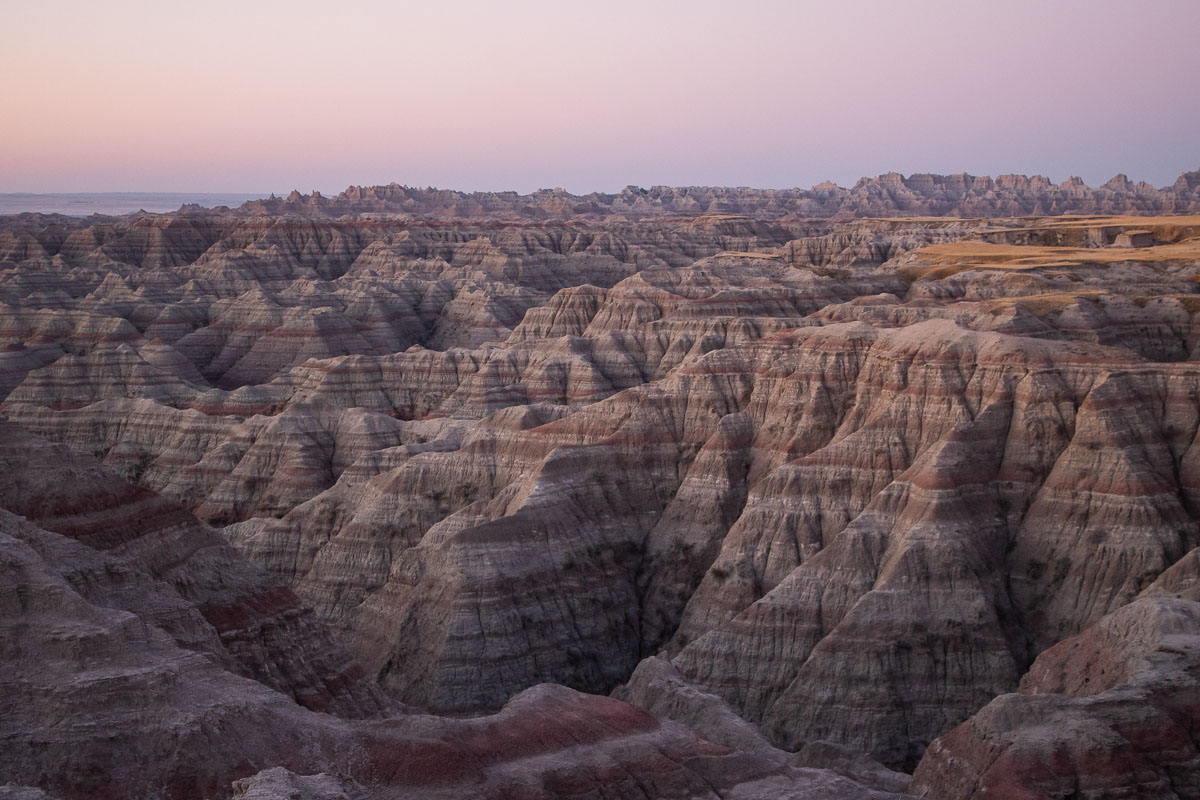
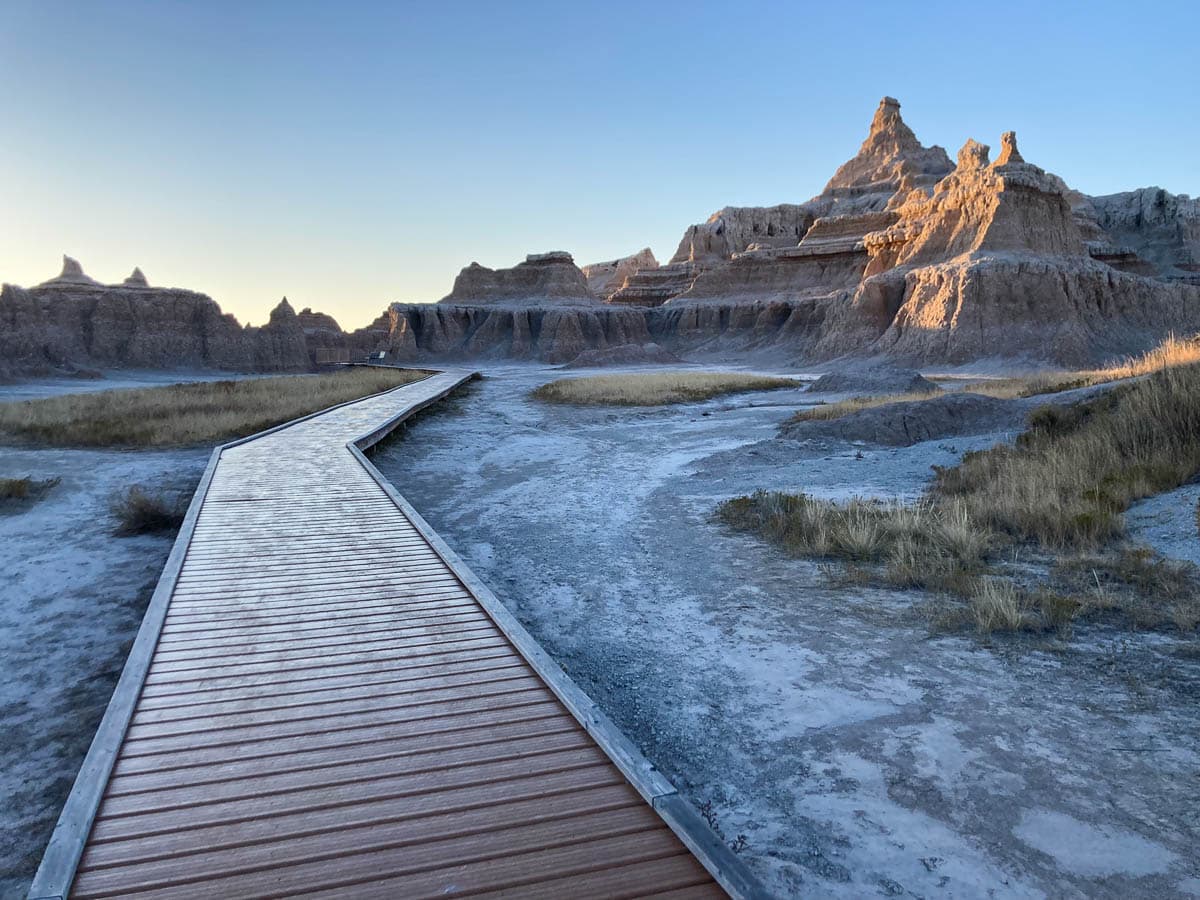
For many centuries, the Badlands of southwestern South Dakota have provided challenges to early pioneers, fascination to geologists and paleontologists, and awe to tourists.
This incredibly rugged landscape is protected by Badlands National Park, arguably the greatest of all South Dakota national parks.
The Lakota, who now manage the park’s southern Stronghold Unit, knew the area as “mako sica.” French fur trappers referred to these impassable hills as “les mauvaises terres à traverser.” Both names mean “bad lands.”
Created by eons of erosion, the Badlands consist of innumerable color-banded hills, deep gullies, steep buttes, razor-edged ridges and rugged ravines. Each color in the hills represents a geological era, layers of ancient rock in which millions-year-old fossils are waiting to be found.
The fossils that have already been discovered in Badlands National Park number in the thousands, including extinct animals like Oreodonts, ancestors of modern-day horses, saber-toothed cats and ancient rhinoceroses.
Visitors can explore this almost-unearthly landscape on the scenic 30-mile Badlands Loop Road. Lined with more than a dozen overlooks and a handful of trailheads, it offers access to epic views and the wild Badlands backcountry.
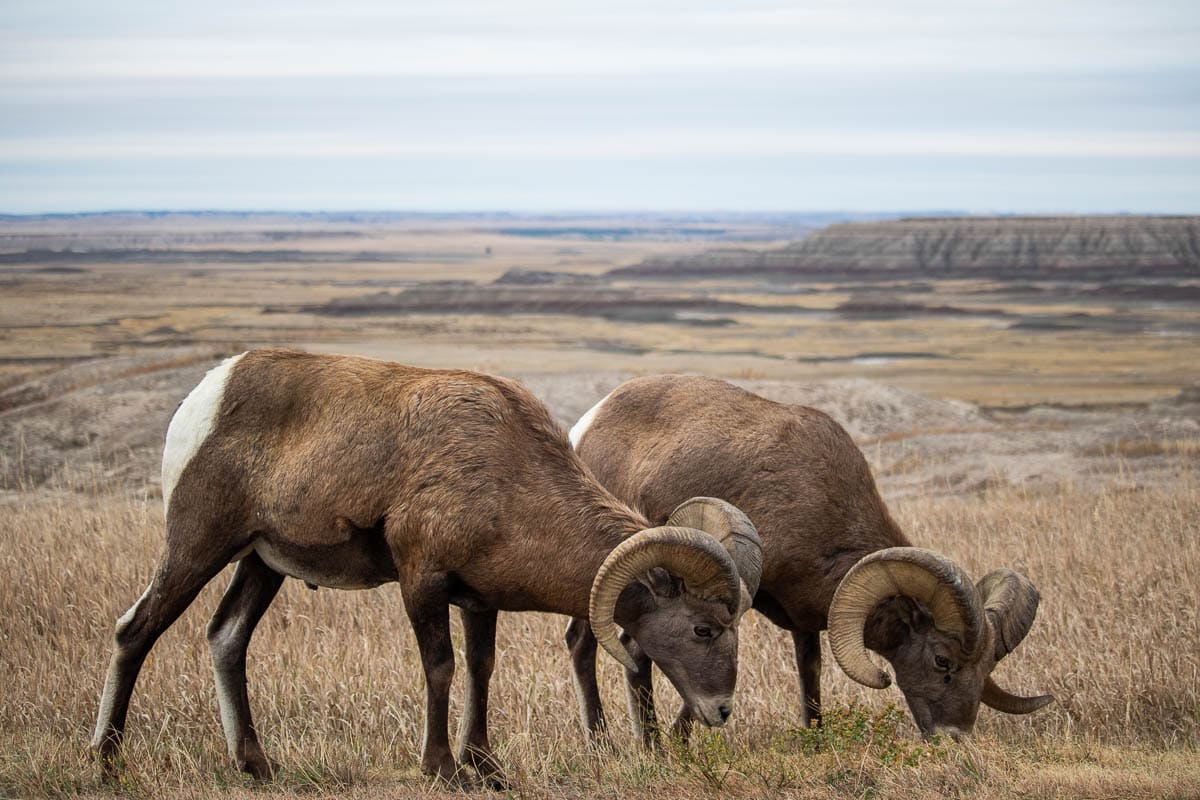
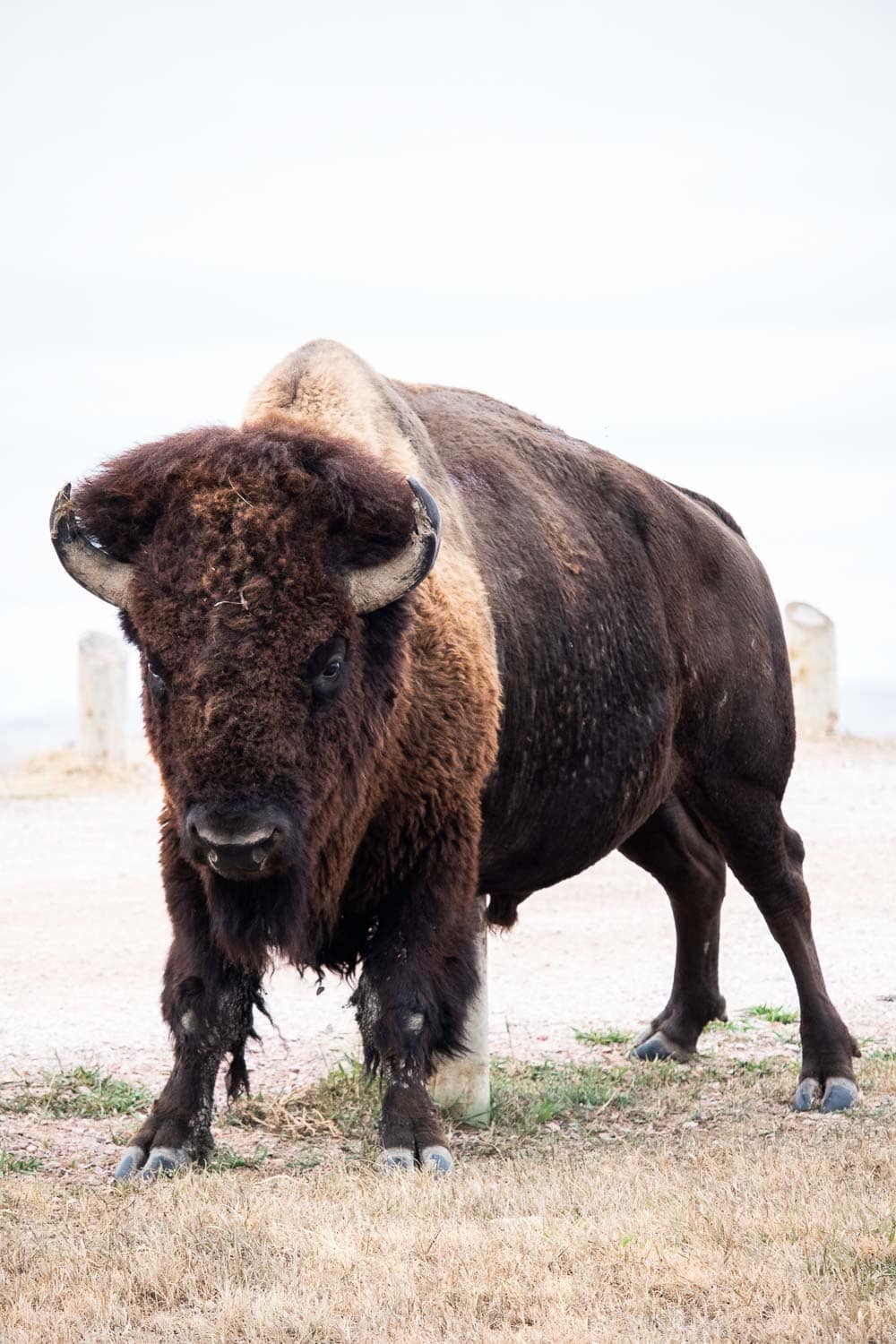
In addition to the Badlands themselves, the park also encompasses one of America’s largest surviving tracts of intact mixed-grass prairie.
These endlessly rolling grasslands are home to American bison, prairie dogs, rattlesnakes, coyotes, bighorn sheep, mule deer and the extremely rare black-footed ferrets. Numerous birds and other animals thrive here, too.
Many visitors drive through Badlands National Park on the Loop Road in a day. However, it’s well worth spending at least a night and an extra day in the area. There’s lots to see and do in Badlands National Park!
The night sky is absolutely spectacular in the park, while its sunrises and sunsets are also nothing short of unforgettable.
Although the number of hiking trails is relatively limited, it’s recommended to do at least two or three hikes in Badlands National Park to immerse yourself in this remarkable scenery even more. Many trails lead to viewpoints or past fascinating sites, while the backcountry is also open for unrestricted exploration.
More Information About Badlands National Park, South Dakota
- Park Website
- Travel Guide
- Topographic Map
- Best Badlands Hikes
- Top Things to Do in Badlands National Park
- Where to See Wildlife in Badlands National Park
- Best Badlands Overlooks
- Accommodation
More South Dakota National Park Service Units
As I mentioned before, there are more South Dakota National Park Service units than the five parks highlighted above.
The other two are a national historic trail and national recreational river. They’re essentially linear parks, respectively following a historic travel route and a scenic river, lined with landmarks, attractions and activities.
Lewis & Clark National Historic Trail
“The Lewis and Clark National Historic Trail winds nearly 4,900 miles through the homelands of more than 60 Tribal nations. It follows the historic outbound and inbound routes of the Lewis and Clark Expedition of 1803-1806 from Pittsburgh, Pennsylvania, to the Pacific Ocean. Follow the trail to find the people, places, and stories that make up the complex legacy of the expedition.” – National Park Service
Missouri National Recreational River
“Imagine a 100-mile stretch of North America’s longest river, a vestige of the untamed American West. The Missouri National Recreational River is where imagination meets reality. Two free flowing stretches of the Missouri make up the national park. Relive the past by making an exploration of the wild, untamed and mighty river that continues to flow as nature intended.” – National Park Service
Map of the National Parks in South Dakota
For a visual overview of the national parks of South Dakota, and to see how concentrated they are in the state’s southwest, check out this South Dakota national parks map.
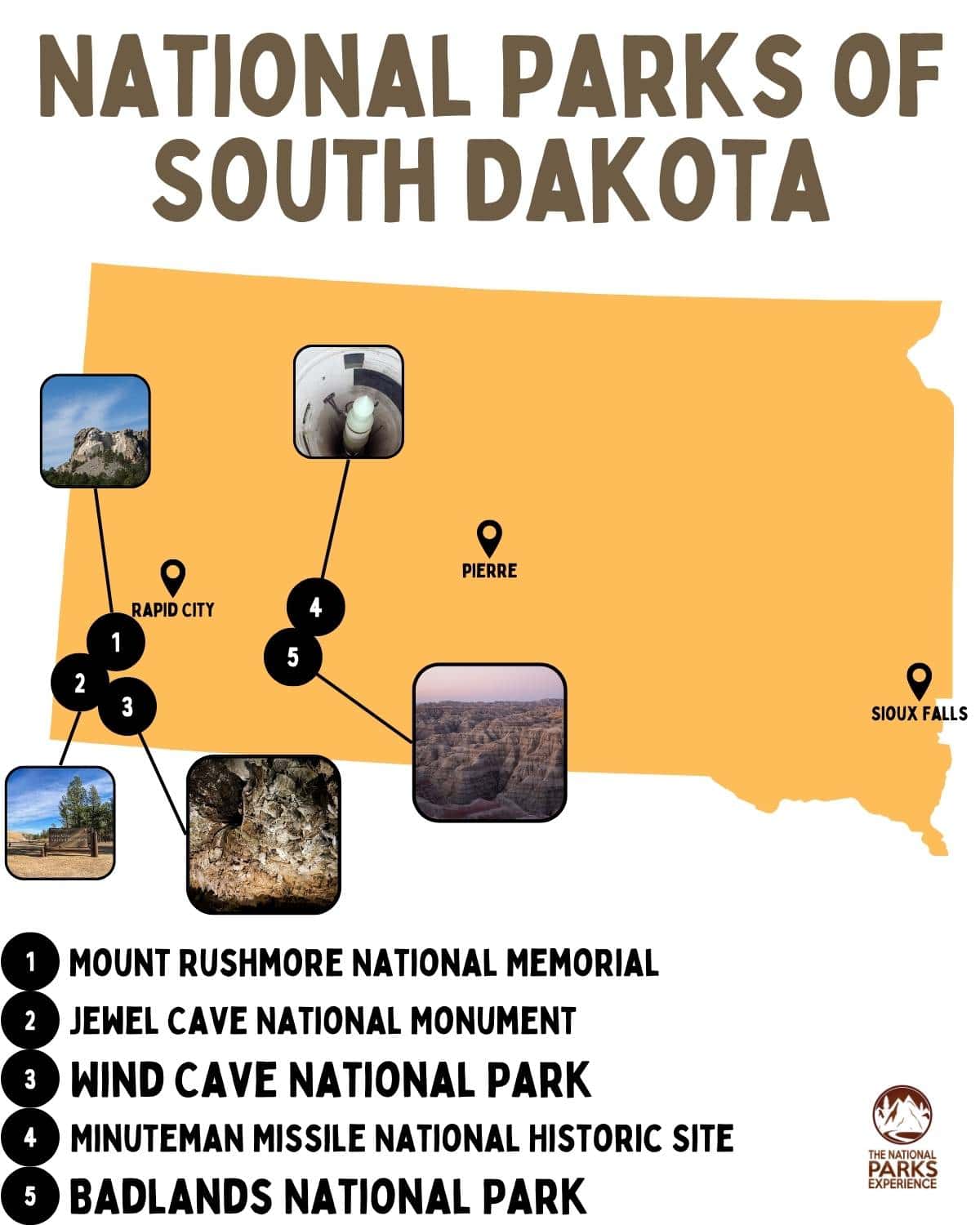
Full List of South Dakota National Park Service Units
To summarize this South Dakota national parks overview, here’s the full list of the NPS units in the Mount Rushmore State.
- Badlands National Park
- Jewel Cave National Monument
- Lewis & Clark National Historic Trail
- Minuteman Missile National Historic Site
- Missouri National Recreational River
- Mount Rushmore National Memorial
- Wind Cave National Park
